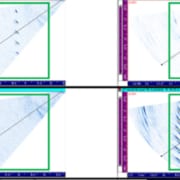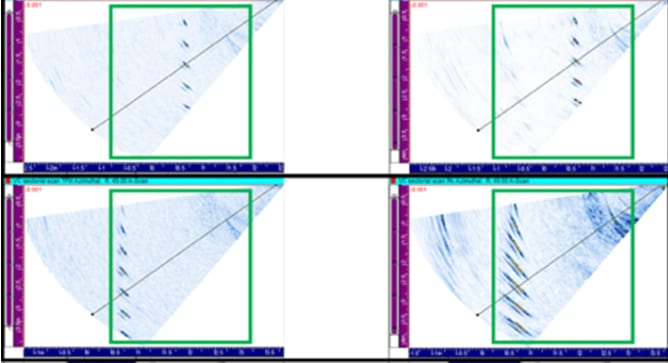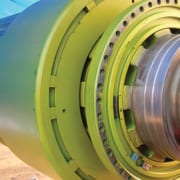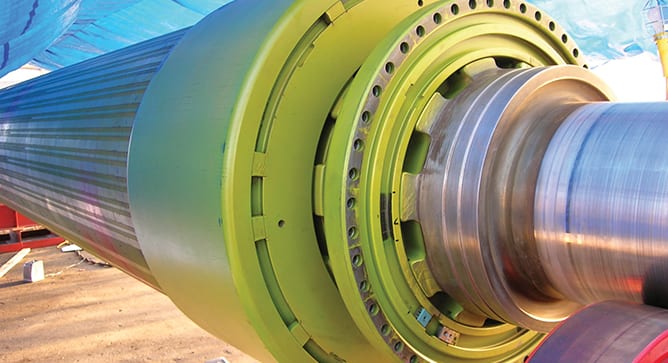News & Views, Volume 49 | Hydroelectric Penstock Inspection: Field NDE Services
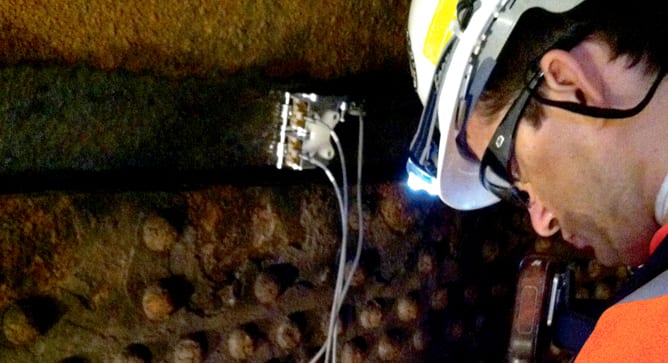
Our talented experts, using the latest technology and methods, deliver unmatched value, actionable information, and engineering knowledge for the management of your most critical assets.
Many of the penstocks used in the hydroelectric power industry have been in service for over 50 years. Often with older components, historical documents like, as-built drawings and proof of material composition no longer exist. This information is critical for inspection, repair and replacement decisions. SI has the expertise to assist hydro clients with everything from material verification, inspection, and fitness-for-service analysis to keep penstock assets in-service for many more years to come.

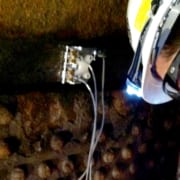
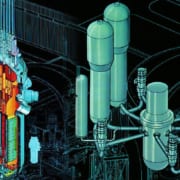
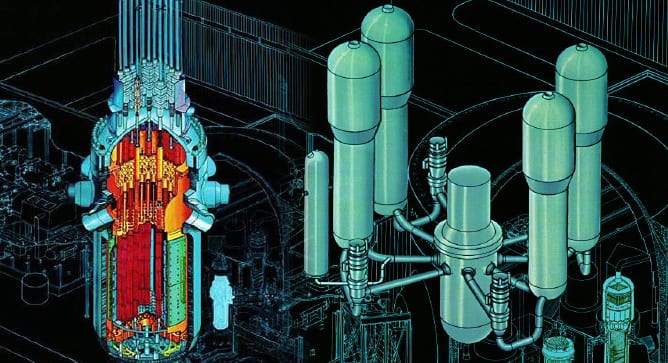 There have been several industry initiatives to support optimization of examination requirements for various items/components (both Class 1 and Class 2 components) in lieu of the requirements in the ASME Code, Section XI.
There have been several industry initiatives to support optimization of examination requirements for various items/components (both Class 1 and Class 2 components) in lieu of the requirements in the ASME Code, Section XI.